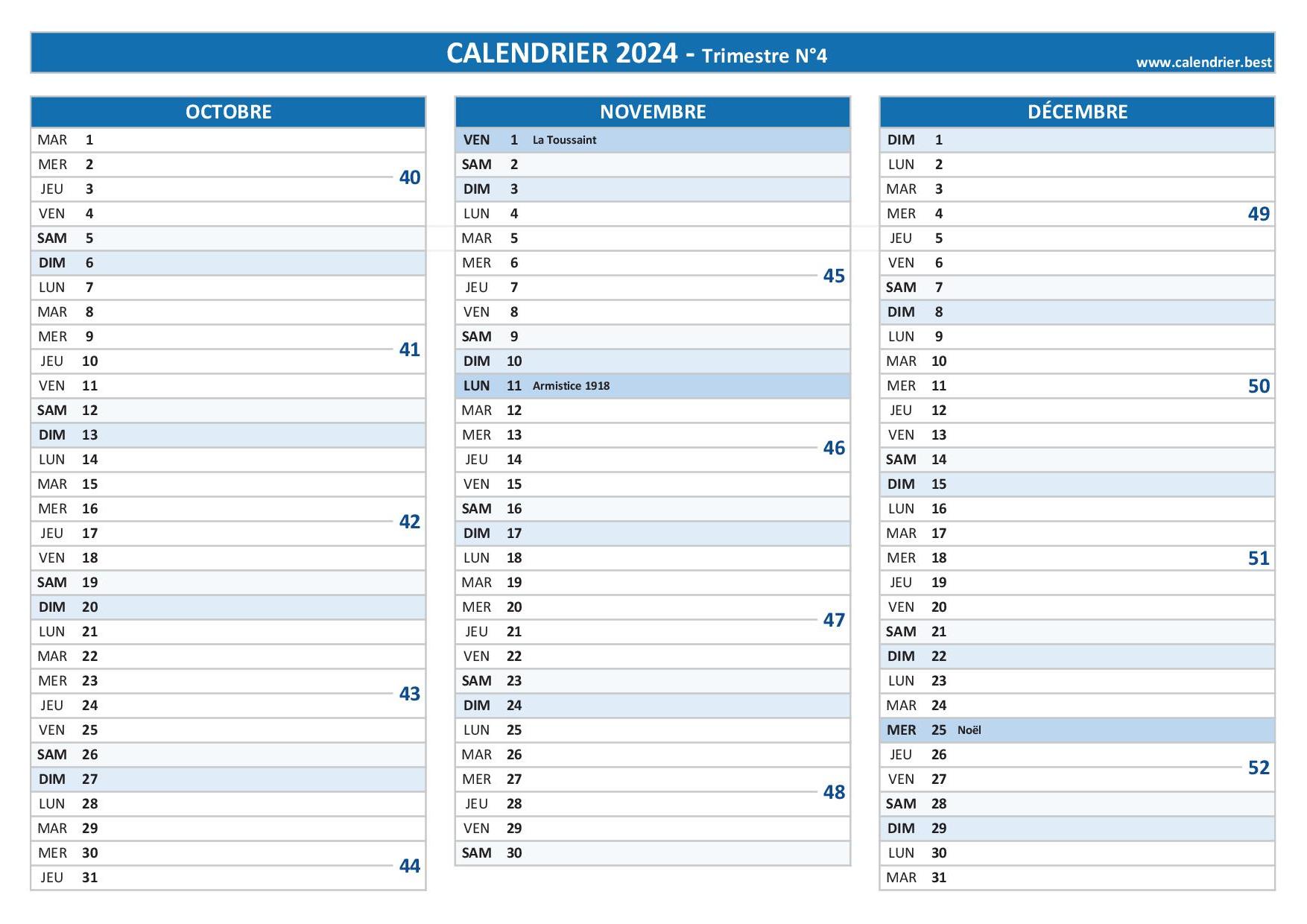Eurovision's Voting Mechanism: A Simple Explanation

Table of Contents
Understanding the Two Voting Systems in Eurovision Song Contest
Eurovision's voting system isn't just about popularity; it's a carefully balanced blend of professional opinion and public preference. This balance is achieved through two distinct voting systems: jury voting and televoting.
The Jury Vote: Professional Opinions Matter
Each participating country in the Eurovision Song Contest has a jury composed of five music professionals. These experts are carefully selected to represent a diverse range of musical expertise and experience, ensuring a broad perspective on each performance. The jury members independently score each competing song based on several criteria, including vocal performance, stage presence, song composition, and overall artistic impression. Crucially, the jury members' identities remain anonymous throughout the process, minimizing potential bias and ensuring impartial judging.
- Advantages of Jury Voting:
- Reduces the influence of nationalistic voting patterns.
- Provides a more nuanced assessment of musical quality.
- Offers a counterbalance to potential biases in televoting.
- Disadvantages of Jury Voting:
- May not always reflect the general public's taste.
- Susceptible to potential internal biases within the jury itself, although anonymity aims to mitigate this.
Televoting: The Power of the People
Televoting gives the power to the people! Viewers from each participating country, and beyond, can cast their votes via telephone, SMS text message, or dedicated Eurovision apps. The countries with the highest number of televotes receive the most points, directly reflecting the public's preference for each performance.
- Advantages of Televoting:
- Directly reflects popular opinion and audience engagement.
- Creates a sense of participation and excitement for viewers.
- Disadvantages of Televoting:
- Potential for "neighbourly voting," where countries vote for their geographical neighbours.
- Susceptible to strategic voting patterns, where voters might coordinate to support a particular country.
The Point Allocation System in Eurovision: From Scores to Rankings
Both jury and televoting scores are crucial in determining the final Eurovision ranking. Each country's jury and televote scores are tallied separately, then combined to produce a final score for each participating act. Points are then allocated according to a specific system: 12 points for the top-ranked song, 10 points for second place, and so on, down to 1 point for the tenth-ranked song. A vital rule prevents countries from awarding points to themselves. This ensures fairness and prevents self-promotion from skewing the results.
- Crucial Steps in Point Allocation:
- Individual jury scores are compiled.
- Individual televoting scores are compiled.
- Jury and televoting scores are combined for each country.
- Countries are ranked based on the combined score.
- Points are awarded based on the final ranking.
Addressing Common Misconceptions about Eurovision Voting
Despite the complexity, the Eurovision voting system strives for transparency and fairness. Let's address some common misconceptions:
- Myth: "It's all rigged!" Reality: The voting process is overseen by independent auditors, ensuring accuracy and transparency. While biases exist (as with any voting system), the processes are designed to minimize manipulation.
- Myth: "Neighbouring countries always vote for each other." Reality: While "neighbourly voting" can occur, it doesn't always dominate. Many factors influence voting choices, including song quality and overall appeal.
- Myth: "Televoting is easily manipulated." Reality: While potential for abuse exists, measures are put in place to detect and prevent large-scale fraudulent voting.
Evolution of Eurovision's Voting Mechanism Over the Years
Eurovision's voting system has evolved significantly over the years. Initially, the voting was solely based on jury votes, but the inclusion of televoting revolutionized the contest. This addition enhanced viewer engagement and brought the public's preferences directly into the equation. Over time, the point allocation system has also undergone adjustments to further enhance transparency and prevent potential biases.
- Significant Changes in Eurovision Voting:
- Introduction of televoting in the late 1990s.
- Refinement of point allocation systems to ensure greater fairness.
- Introduction of stricter rules against manipulation and fraud.
Understanding Eurovision's Voting System – Key Takeaways and Call to Action
Eurovision's voting mechanism is a complex yet fascinating blend of professional judgment and public opinion. By combining jury voting and televoting, the system attempts to balance artistic merit with popular appeal. While imperfections exist, the commitment to transparency and the continuous evolution of the process help maintain the integrity and excitement of the Eurovision Song Contest. Now that you understand Eurovision's voting mechanism, share this article with your fellow Eurovision fans! Learn more about the history of Eurovision voting on our site.

Featured Posts
-
 Sanse Za Popravak Analiza Pozicije Marka Bosnjaka Na Kladionicama
May 19, 2025
Sanse Za Popravak Analiza Pozicije Marka Bosnjaka Na Kladionicama
May 19, 2025 -
 Mets Walk Off Blunder A Costly Misjudgment
May 19, 2025
Mets Walk Off Blunder A Costly Misjudgment
May 19, 2025 -
 Russias Drone Offensive Intensifies Ukraine Reports Major Attack
May 19, 2025
Russias Drone Offensive Intensifies Ukraine Reports Major Attack
May 19, 2025 -
 Credit Mutuel Am Decryptage Des Resultats Du 4eme Trimestre 2024
May 19, 2025
Credit Mutuel Am Decryptage Des Resultats Du 4eme Trimestre 2024
May 19, 2025 -
 London Parks Mark Rylances Concerns Over Music Festivals Prison Camp Atmosphere
May 19, 2025
London Parks Mark Rylances Concerns Over Music Festivals Prison Camp Atmosphere
May 19, 2025
